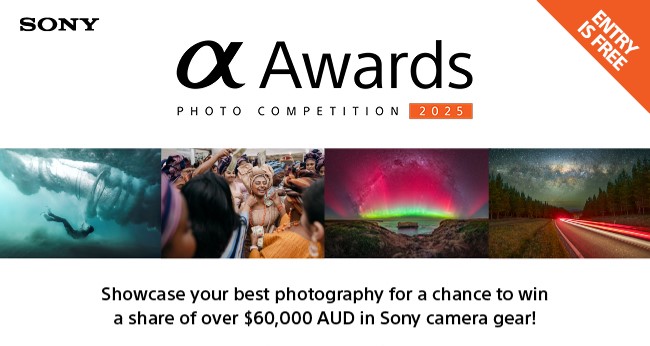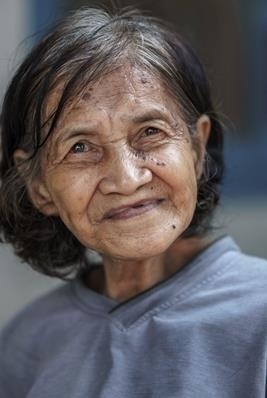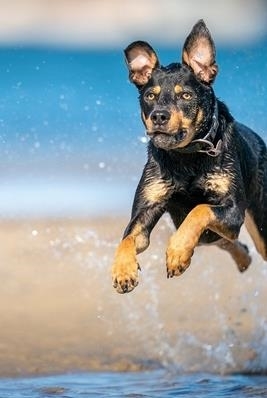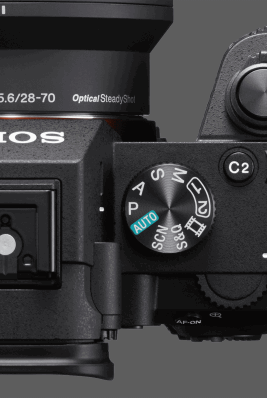When it comes to portrait photography, one of the biggest questions people ask is: What is the best focal length for portraits? The answer largely depends on whether you want environmental portraits, background compression, or creamy bokeh. Each focal length serves a different purpose, and ultimately, it comes down to your preferred style.
For example, using a longer focal length compresses the background and offers a more flattering look to your subject’s face in close-up shots. Longer lenses also provide a shallower depth of field at the same aperture compared to wide-angle lenses, producing more background blur (bokeh) that helps the subject stand out.
On the other hand, wider focal lengths are better suited for environmental portraits. These lenses let you showcase the setting around your subject—whether it is a striking architectural background or a breathtaking view.
I always tell people there is no right or wrong answer when choosing the best focal length for portraits. It just depends on your shooting style and the look you are aiming for. Below, I have included sample images captured with different lenses at their widest apertures: the 24mm f/1.4 GM, 35mm f/1.4 GM, 50mm f/1.2 GM, and 85mm f/1.4 GM. Each provides a distinct perspective and depth.
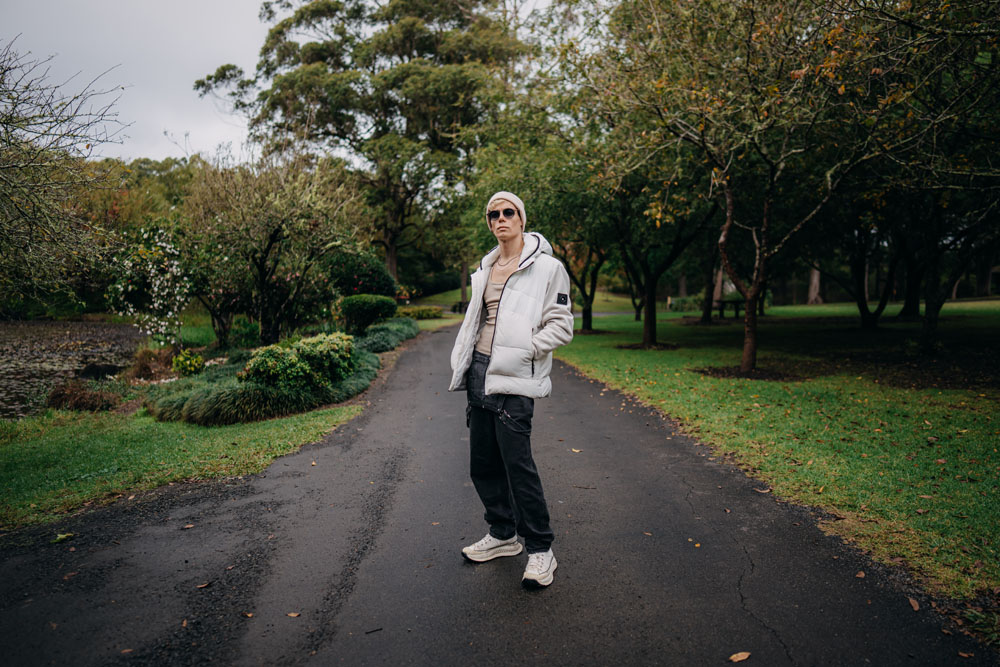
The 24mm provides a more environmental shot, allowing more of the scene to be included in the frame—especially useful if you have an interesting background and strong composition. While shooting at f/1.4 does not produce a very shallow depth of field, if the background is compelling and well-composed, a shallow depth of field is not essential, as you'll still achieve some background blur.
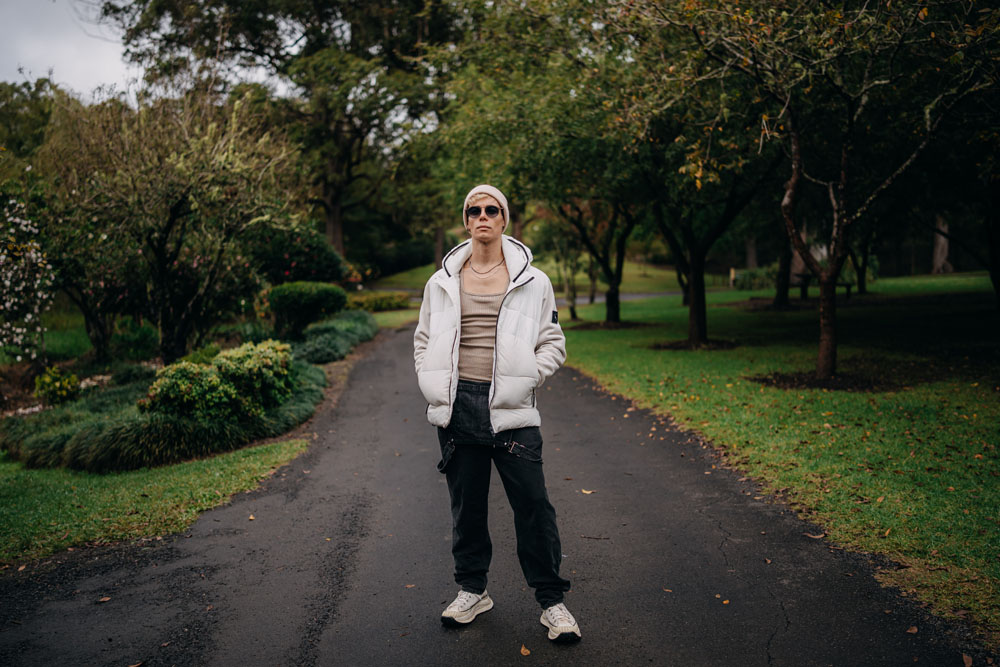
The image captured with the 35mm f/1.4 GM is framed a bit tighter, and the background becomes slightly more blurred while still being recognizable—helping the subject stand out. When you compare the 24mm and 35mm, you will notice that the 35mm provides more subject separation and a stronger visual pop
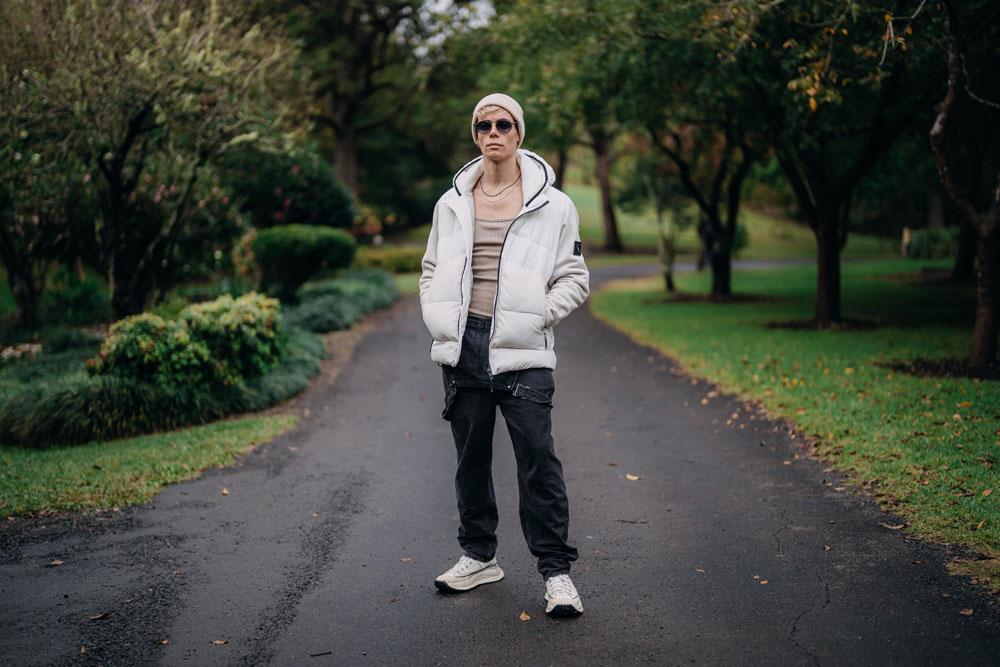
Looking at the image captured with the 50mm f/1.2 GM, you can clearly see the background compression and blur. It creates a 3D affect that makes the subject stand out beautifully, drawing the viewer’s eye directly to them.
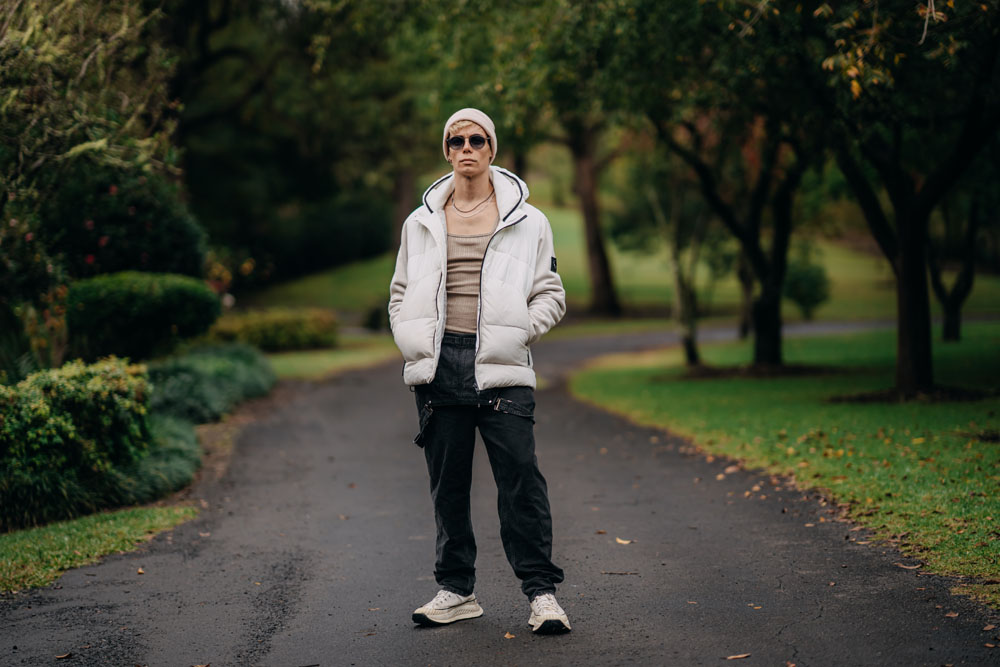
The 85mm compresses the background the most out of the other focal lengths, blurring everything to make your subject pop. It is an excellent choice when the background is not interesting or has unavoidable distractions. Shooting at f/1.4 isolates the subject beautifully, keeping the viewer's attention where it belongs
Let us take a closer look at how each focal length performs with full-body portraits. All are capable, and it really comes down to what you want the background to contribute to the image. However, for headshots, focal length becomes far more critical.
Wider focal lengths like the 24mm can distort facial features in close-ups, making the face appear elongated or stretched. Here are some side-by-side comparisons showing how focal length affects distortion and background blur.
In this headshot, you will notice the subject’s face appears tall and thin—an unflattering look. This lens is best reserved for environmental portraits. Even at f/1.4, the background remains somewhat visible but nicely blurred.
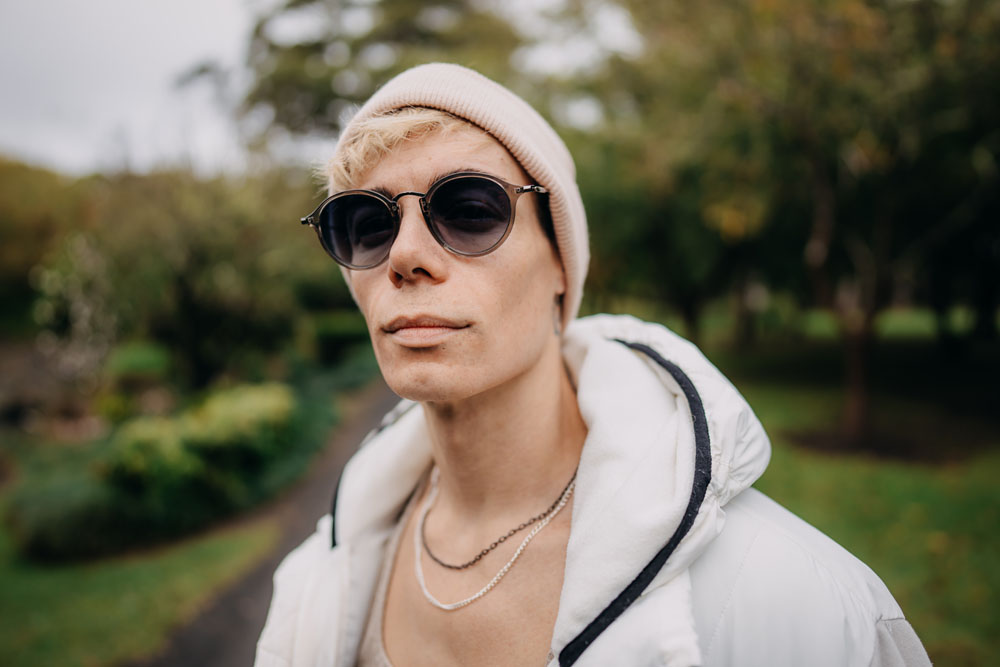
Facial features begin to appear more natural. It is still not ideal for tight headshots, but it is great for lifestyle portraits where you want to include some of the setting. The background blur is more pronounced compared to the 24mm.
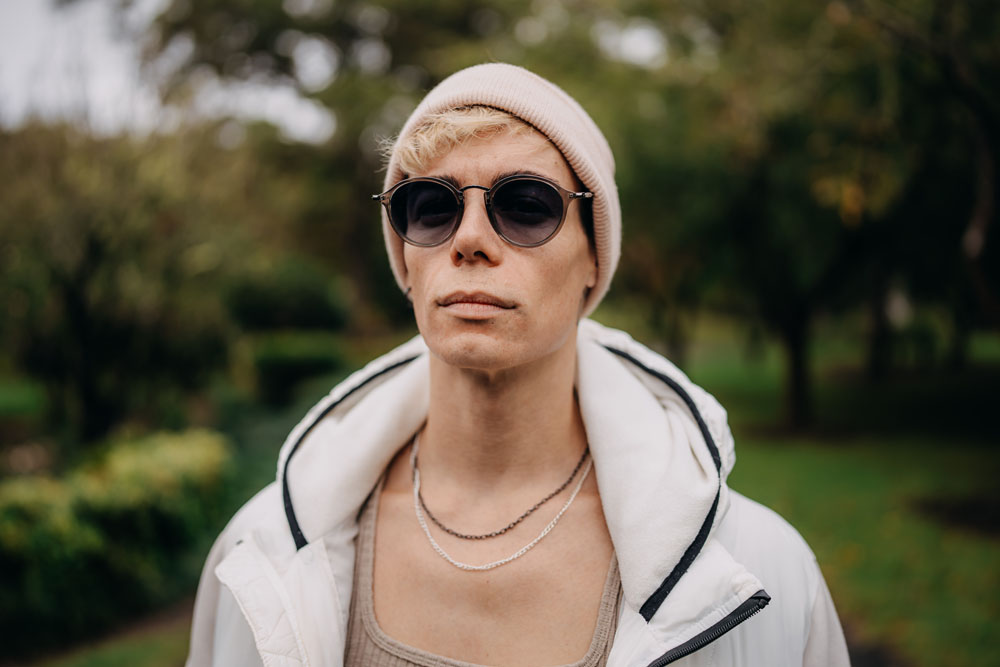
This lens gives a very natural and flattering look for portraits. It closely matches how we perceive subjects with our eyes, creating a life like perspective as you can see from the image below compare to the 35mm. The f/1.2 aperture delivers gorgeous, creamy bokeh, and the focal length provides pleasant compression without distortion.
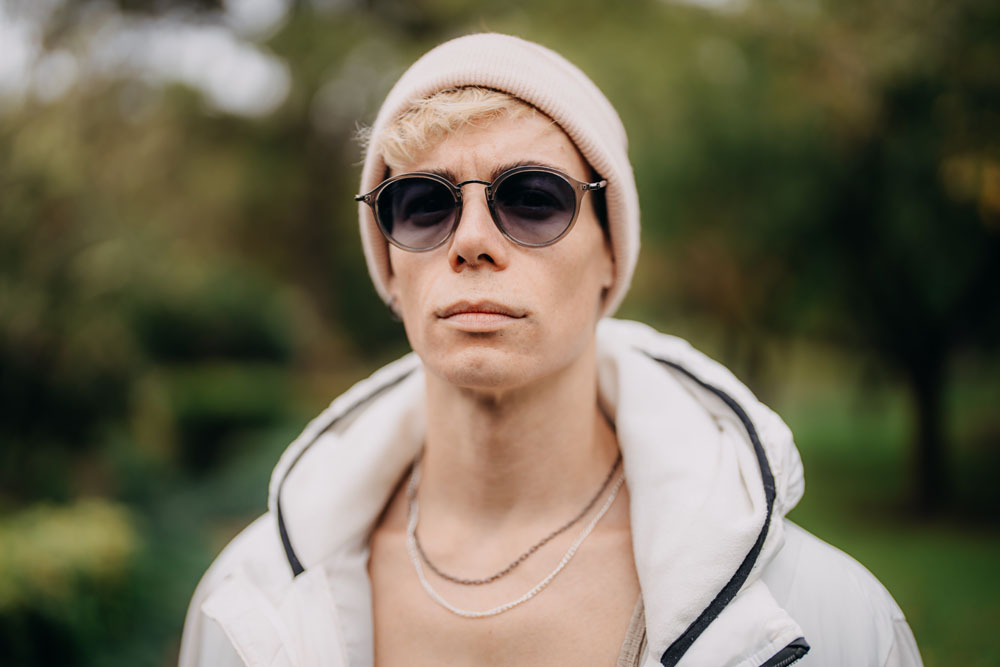
The 85mm f/1.4 GM offers a distinctly different look compared to other focal lengths. Its compression completely blurs out the background, while the wide f/1.4 aperture delivers buttery soft bokeh. This focal length also tends to create a stronger 3D pop, naturally isolating the subject with a narrower field of view and making them stand out more prominently against the background.
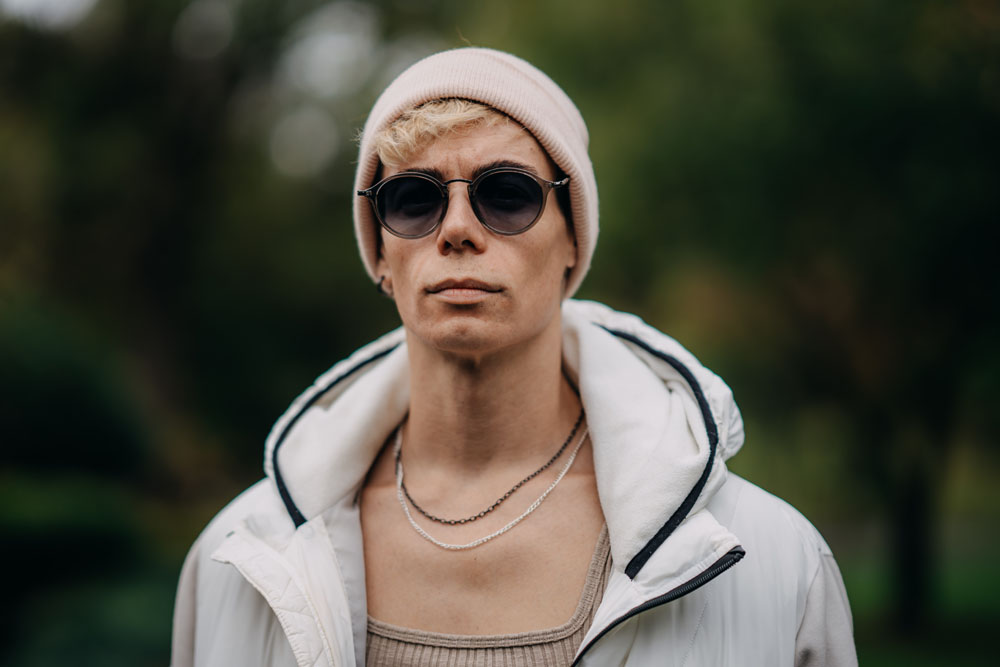
Ideally, if you are planning to focus mainly on headshots, the best choice would be either the 50mm or 85mm focal length, as both offer the natural perspective that clients typically prefer.
You also have the option of using the 24-70mm f/2.8 GM, which offers excellent versatility with a range of focal lengths in one lens—especially with the GM II version, which is more compact and lightweight. If you look at the two images below, one captured at 70mm on the 24-70mm and the other with the 85mm f/1.4, they produce a similar look. However, the f/2.8 aperture does not blur the foreground as much as the f/1.4. Despite only a 10mm difference in focal length, you might expect minimal variation in background and foreground blur, but this is where aperture plays a key role—enhancing the blur and helping to further separate the subject, making them stand out.
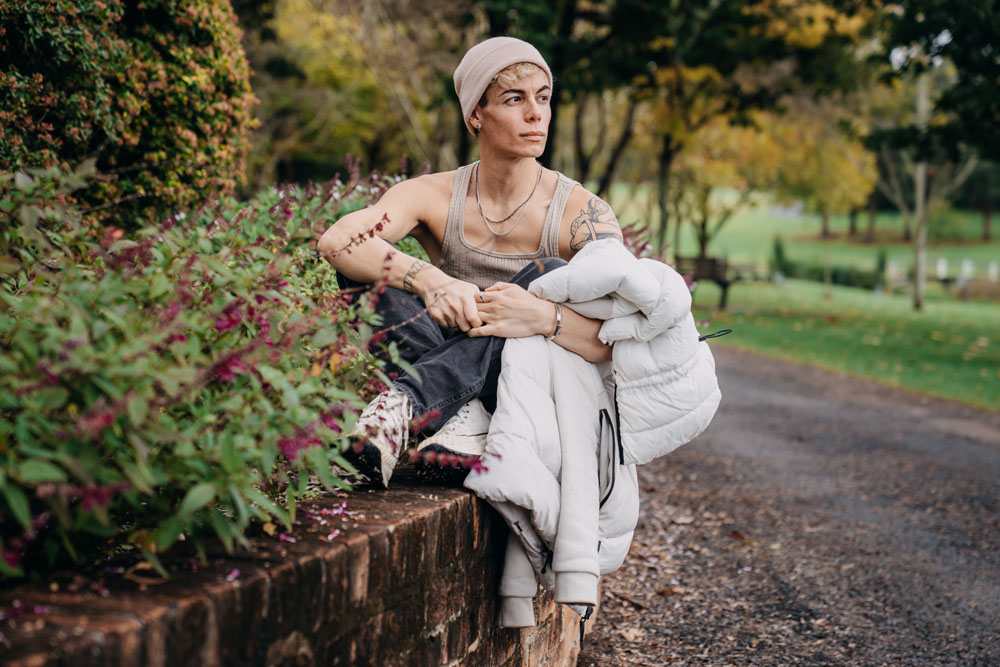
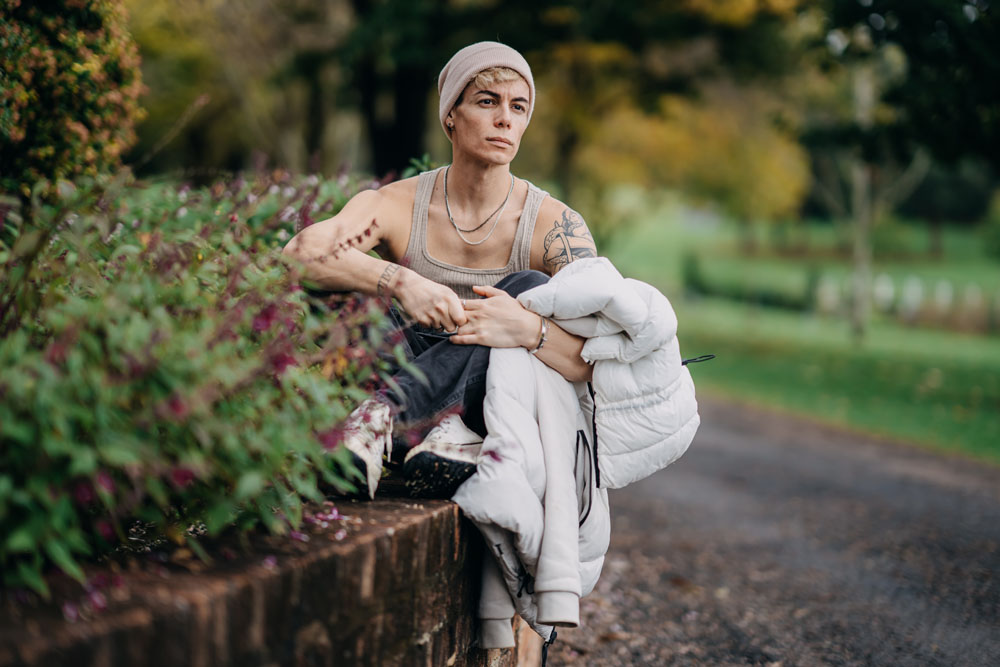
Now that we have covered the different focal lengths and the effect each one has on portrait photography, I want to discuss when and where I personally use each focal length—and why. Having owned a variety of lenses, I am often asked why I do not just stick to one. For me, when it comes to photographing portraits and weddings, each focal length serves a unique purpose. As mentioned earlier, there is no definitive right or wrong choice; it all depends on the look you are trying to achieve and the story you are aiming to tell.
This image was captured with the 24mm f/1.4 GM. In this case, I wanted to showcase the background. While the background is beautiful, simply having the subject stand would have resulted in a standard look, since the 24mm focal length does not compress the background enough to make the subject stand out. To add a different perspective, I had my subject squat down and moved in closer. The angle and positioning help reduce distortion, creating a more flattering composition—making the 24mm a great choice for fashion or environmental portraits.
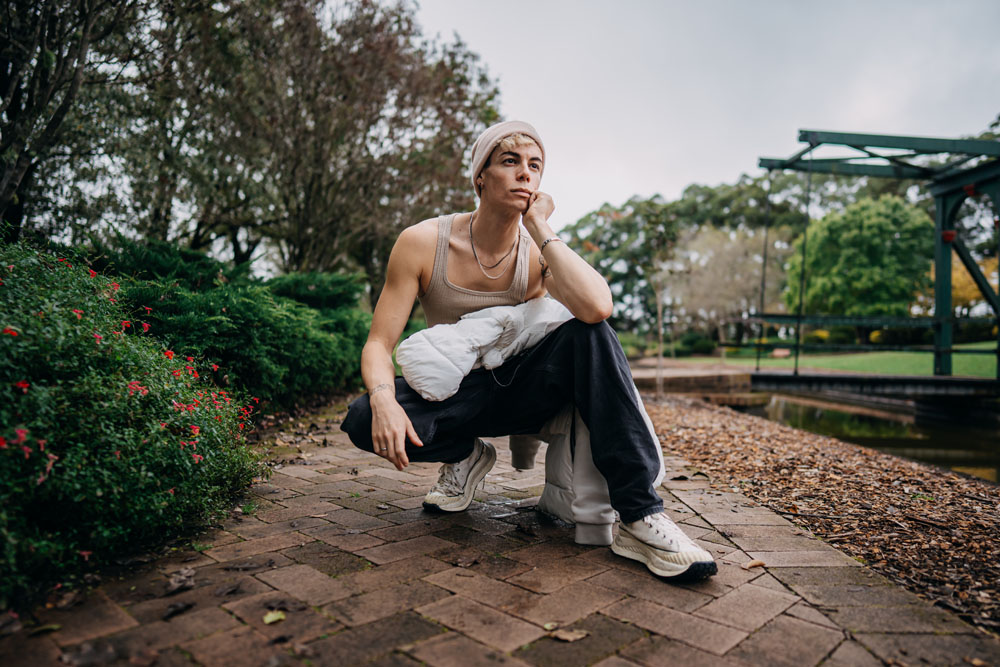
Here are two images I captured with the 35mm GM. This focal length is always my go-to lens for environmental portraits, as it offers a slightly more flattering look to the subject compared to the 24mm. Personally, I find the 35mm provides an editorial feel to portraits, effectively showcasing the environment the subject is in. If you had chosen to photograph these with a longer focal length, you would see more compression and background blur,which would reduce the emphasis on the setting.
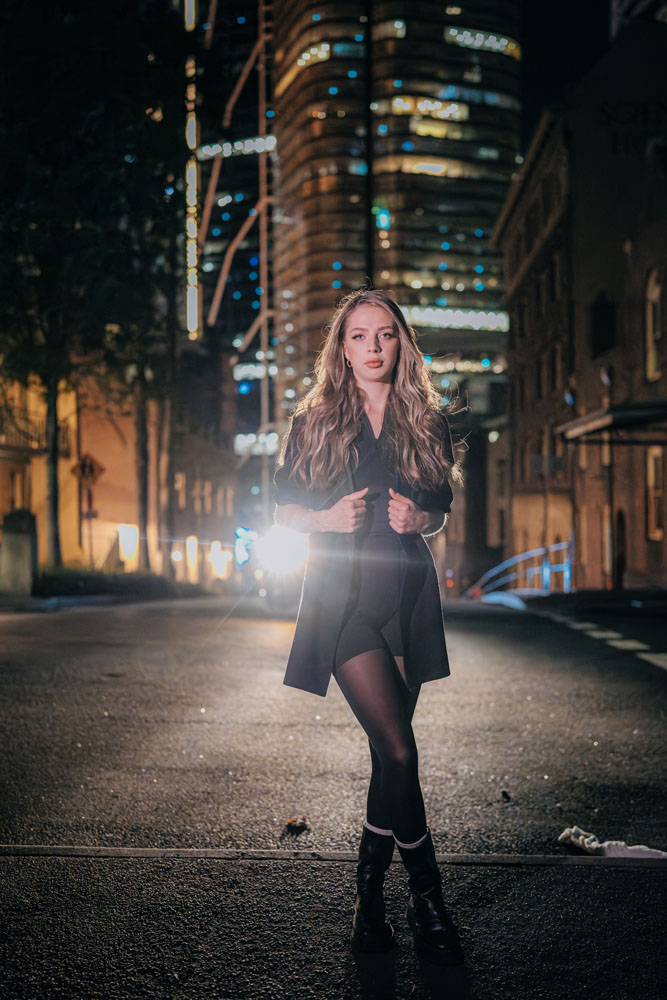
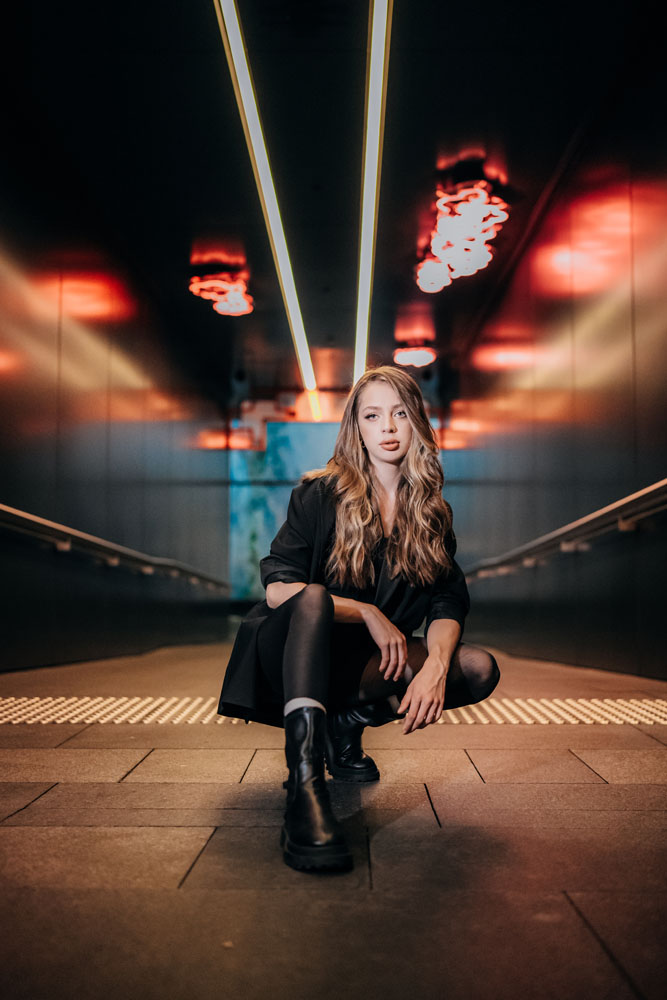
Just to throw something different into the mix and give you an example, here are two images captured with the 35mm and 135mm focal lengths, both shot wide open. If you look at the 135mm, it offers significantly more compression, while the 35mm provides a wider frame that showcases more of the surroundings. By placing my model in a squat position, it adds a completely different perspective. These were taken in the same location but with two different lenses—highlighting how the final look comes down to your shooting style and the visual effect you are trying to achieve.
Focal length choice also depends on the space available—how far back you can position yourself. For the 135mm image, I had already maxed out my distance, with my back right up against the wall. The 135mm offers noticeably more compression compared to the 85mm, further emphasizing background separation.
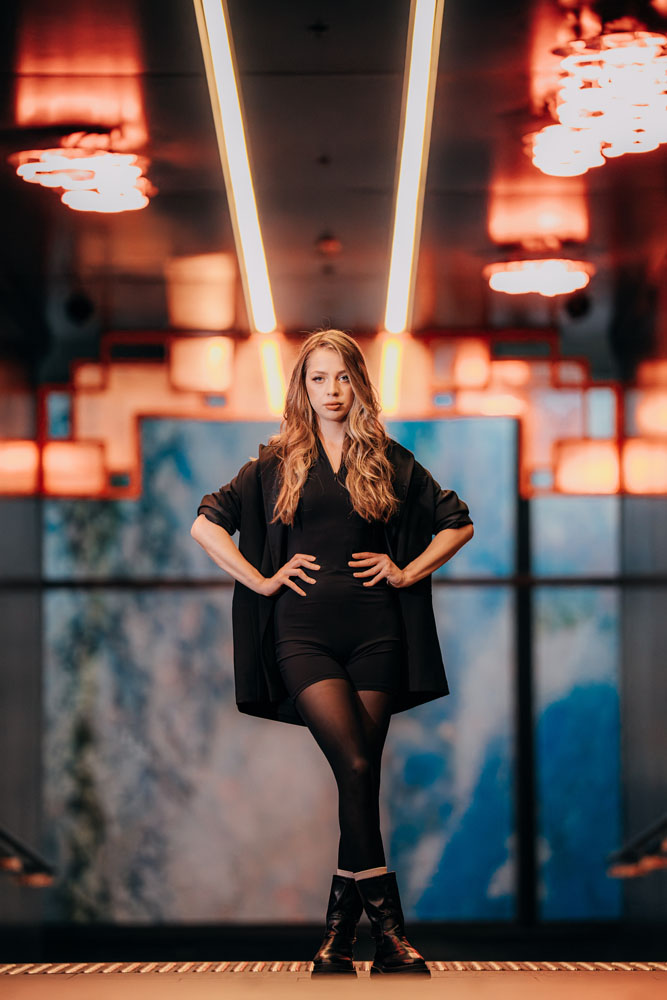

Just to give you a clearer explanation of the difference between bokeh and compression: with bokeh, the wider the aperture, the creamier and butterier the background blur becomes, and the larger the bokeh balls appear. For example, in this image captured with the 85mm lens, I shot close to the subject to create pleasing bokeh in the background. If you compare it to the 135mm, even though it has an f/1.8 aperture, the shape of the bokeh balls is very similar.
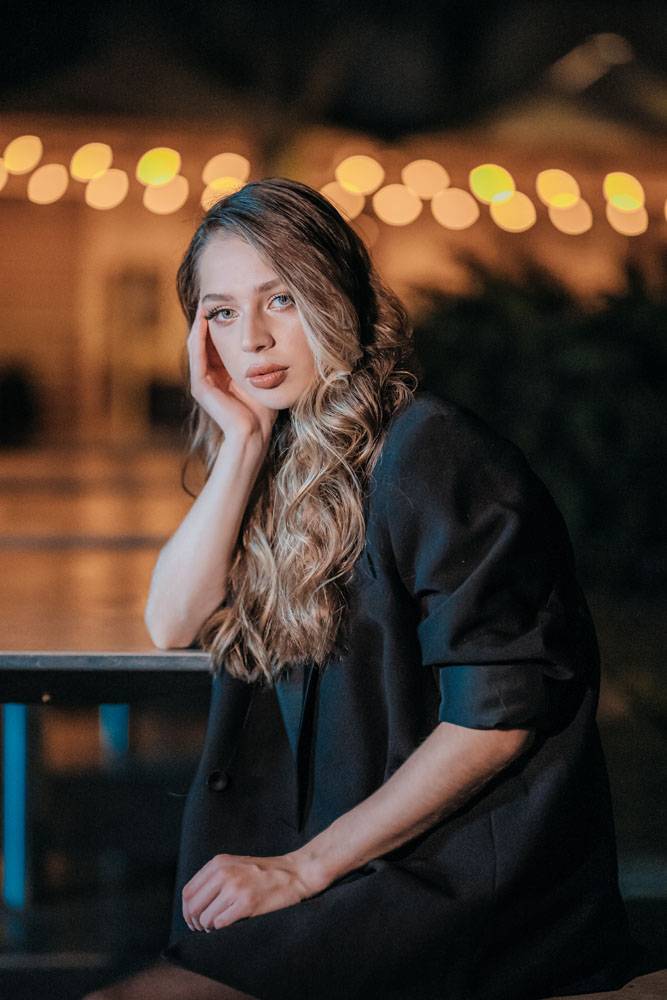
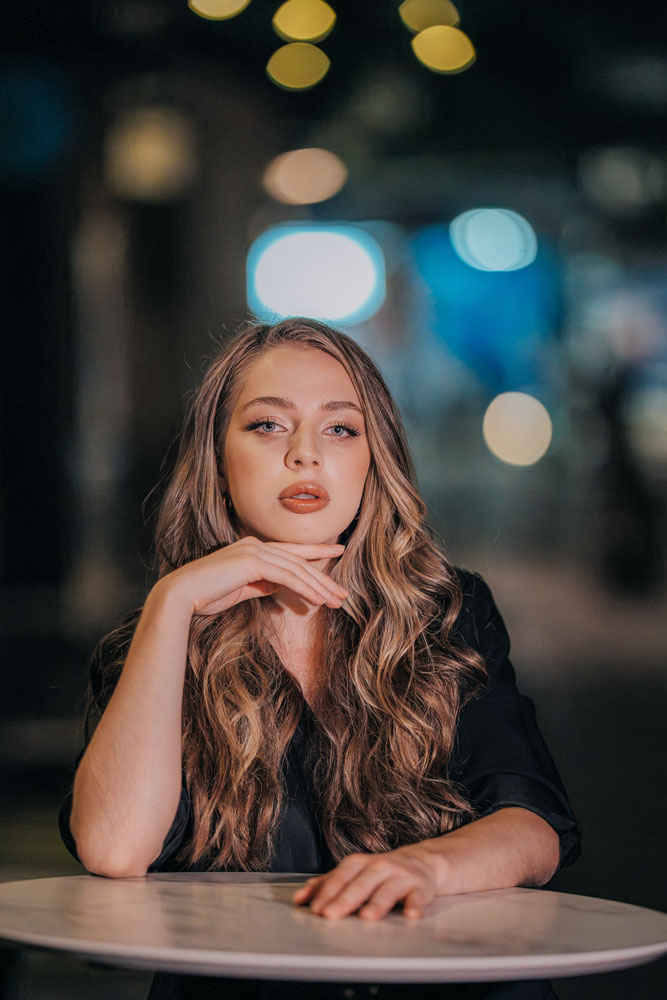
With compression, the longer the focal length, the greater the compression, which makes the background appear much closer to the subject. You can see how the 135mm produces more compression, causing the background to look closer to the subject and making the bokeh larger—similar to the effect of an f/1.4 aperture on the 85mm.
These two images are a great example from when I was doing some creative self-portraits. I chose the 50mm focal length for two reasons: first, it provides a more natural perspective since 50mm is closest to the human eye’s field of view; second, with the Sony a7CR mounted on a tripod and limited space, the 50mm was the best option. For lighting, I placed two speedlights on either side using snoot attachments to create a focused beam of light. The HVL-F60RM is a perfect choice for studio-style shots like these.
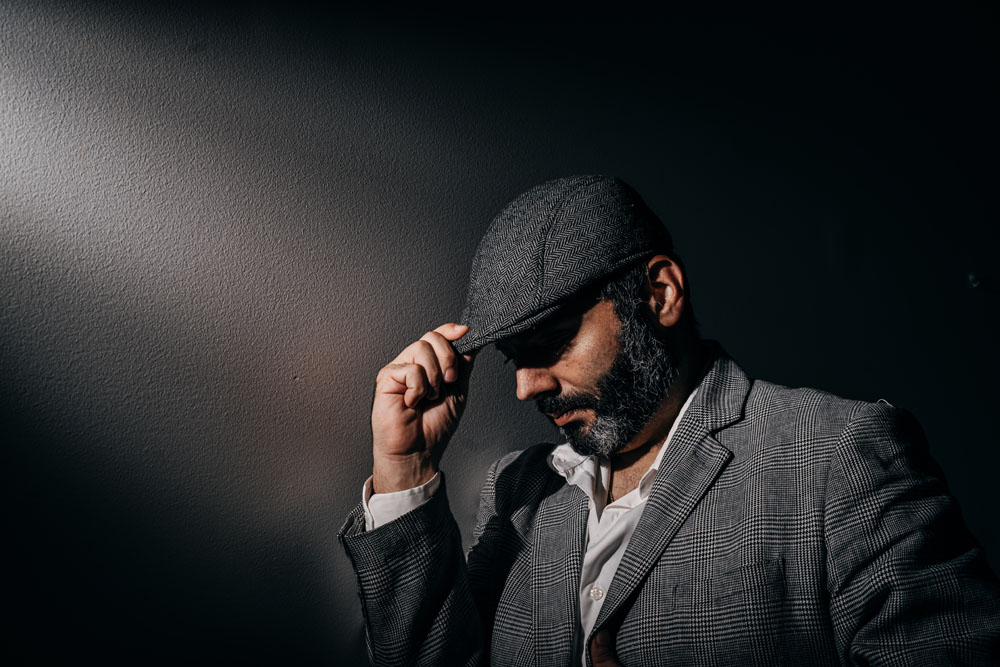
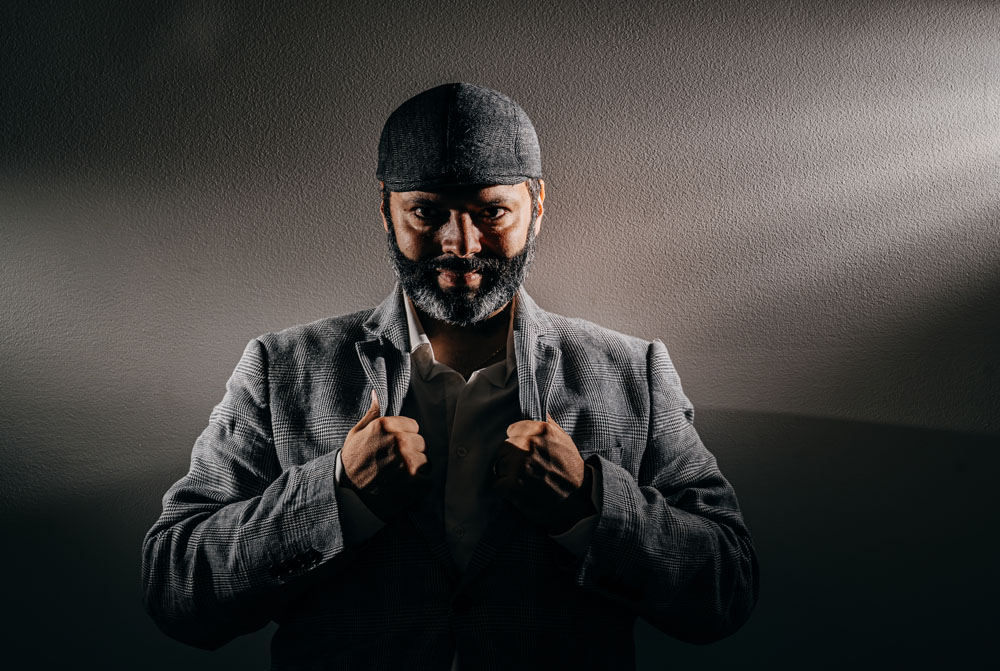
In this image, the 85mm provides the perfect focal length for the distance I used, compressing the background and creating a soft, blurry bokeh that adds to the composition. A 35mm lens would produce a different look with the same position and pose, as the background would be less compressed and the subject would not have the same 3D pop.
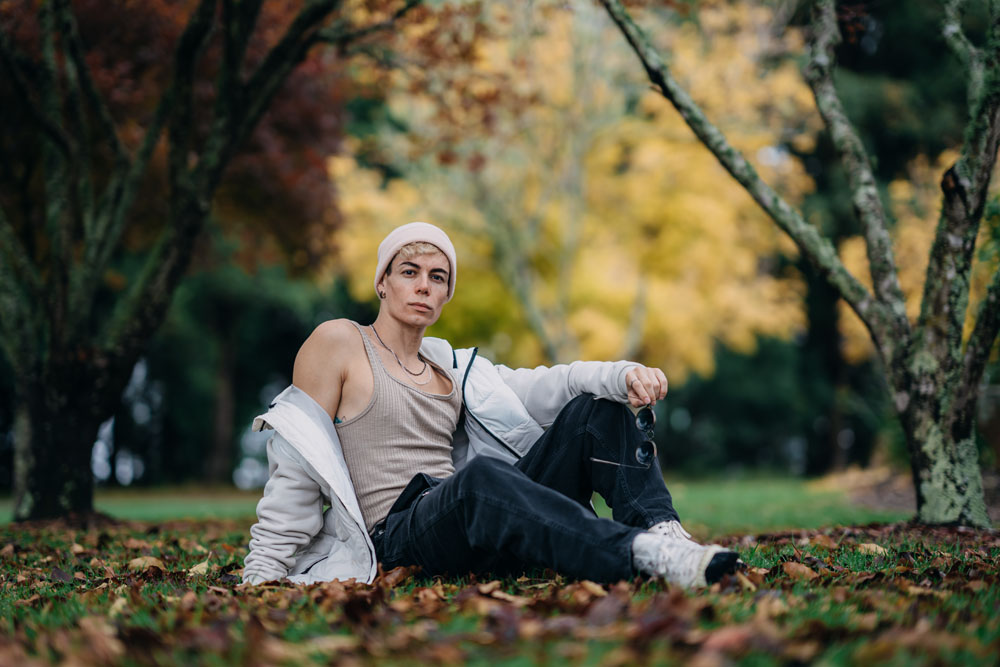
This was captured with the 24-70mm lens at a 70mm focal length using an f/2.8 aperture. For this shot, the 70mm focal length provides nice compression, with the f/2.8 aperture adding a subtle soft background blur that still allows the background to be visible while making the subject stand out. If I had used an 85mm focal length, there would be more compression and background blur.
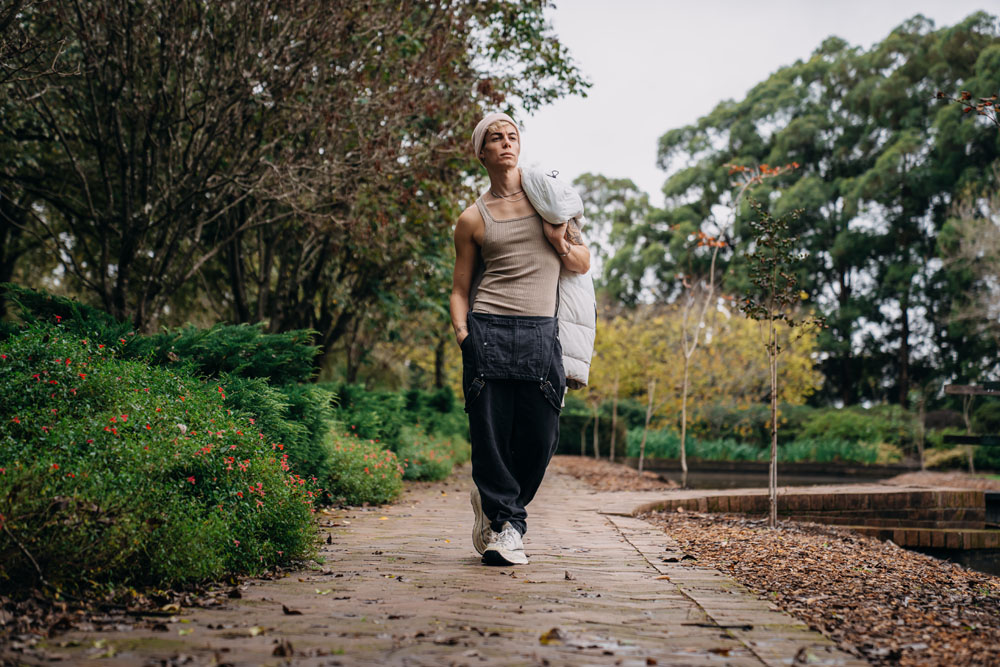
For a slight comparison, this image was captured at the same spot but in portrait orientation as opposed to landscape, at f/1.4. This creates a completely different look compared to the 70mm focal length.
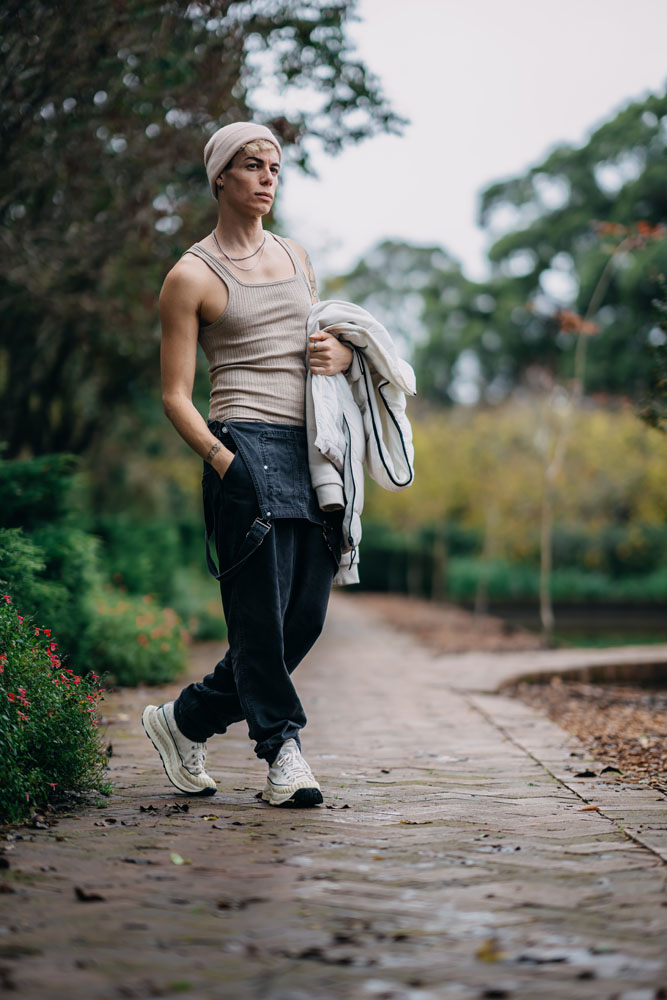
Choosing the right lens for portrait photography ultimately depends on the style and story you want to convey. Each focal length offers unique advantages—from the wide environmental shots of the 24mm to the flattering compression and creamy bokeh of the 85mm. While there is no single “best” lens, understanding how focal length and aperture affect perspective, background blur, and subject isolation can help you make informed decisions tailored to your creative vision. Whether you prefer the versatility of a zoom like the 24-70mm f/2.8 or the specialized charm of prime lenses, experimenting with different focal lengths will elevate your portraits and bring out the best in your subjects.
Happy shooting!



